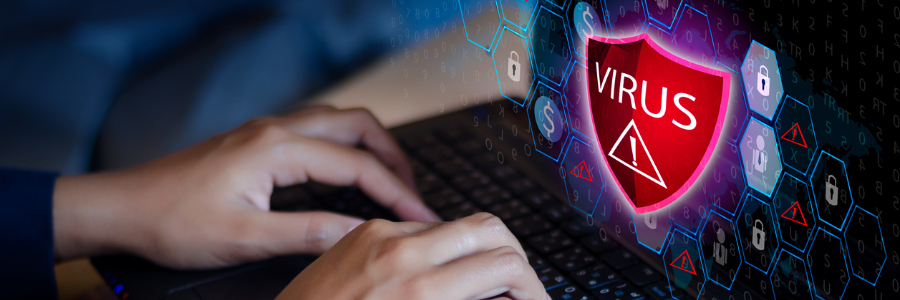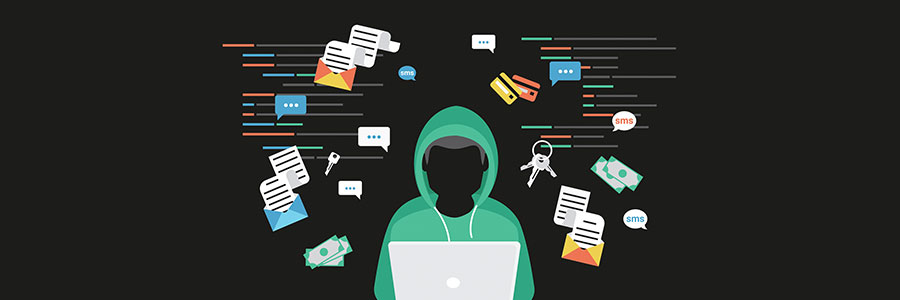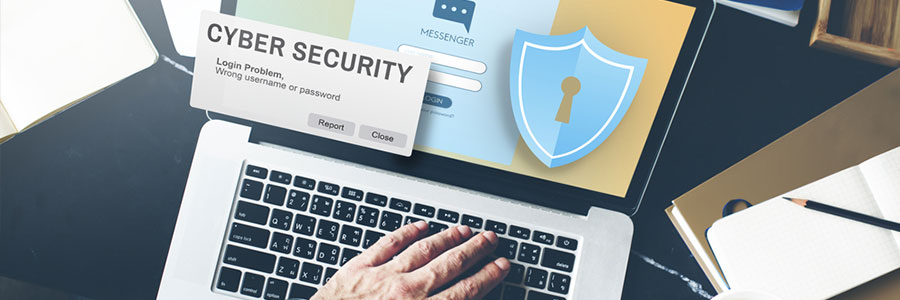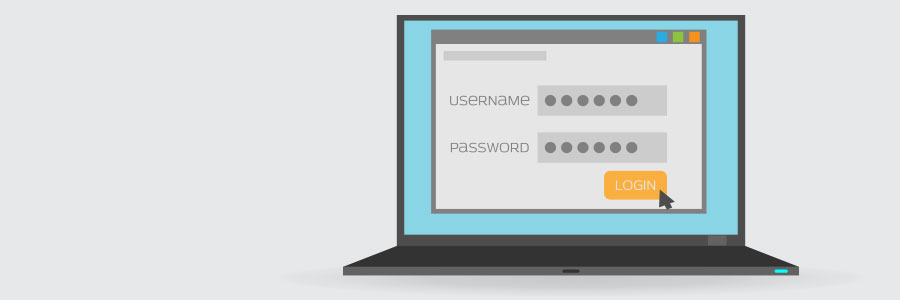Scanning the files you download is not enough to detect malware these days. Hackers have found a clever way to get around antivirus and anti-malware software by using fileless malware. Since this malware is not as visible as traditional malware, it can infect your entire infrastructure without you even knowing.
Should you monitor your employees’ online activities?

To monitor or not to monitor — that is the question. Employee monitoring is a touchy subject. If you’ve ever considered it, then you may ask yourself if it is a good idea for an employer to check on their staff’s online activities. Below are the pros and cons of employee monitoring, and some helpful tips should you push through with it.
Watch out for this Android malware
How to protect your business printers from hackers
Here’s what to look for when buying antivirus software

Because of the global pandemic, work from home is now a necessity. This has increased the potential entry points for cybercriminals to infiltrate your network. Now more than ever, businesses need better cybersecurity protection. That’s why it’s important to choose the right antivirus software for your needs.
How to work from home securely

Encouraging staff to work from home is extremely vital in the midst of the COVID-19 outbreak. By minimizing social interactions and contact risks, you can reduce the spread of the virus. But be warned. Transitioning from a fully managed business environment to a home office can leave you vulnerable to cyberattacks and online scams.
Why autocomplete passwords are risky
3 Hacker types you need to know about

What do you call someone who hunts for security gaps in computer hardware and software? A hacker, right? What about someone who executes a vulnerability test and presents their findings to software vendors to help them improve the quality of their products? There is more than one type of hacker, and understanding the difference is important.
Do these before buying cybersecurity software
Office 365 hacking: What you need to know

Some hackers have become so skilled that they don’t even need you to give up your credentials to hack into your account. One recent cyberthreat is targeted towards users of Microsoft Office 365. You don’t want to be the next victim, so read up.
A phishing scam that harvests users’ credentials
The latest cyberattack on Microsoft Office 365 involves harvesting users’ credentials.





